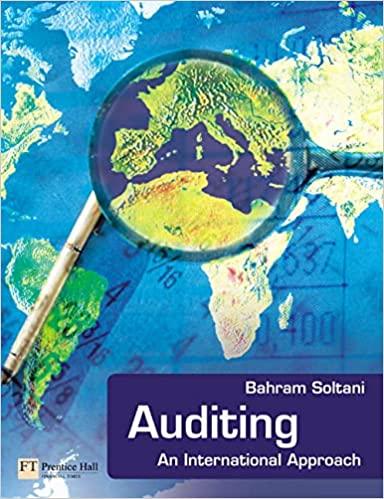Exercise 10-7 ROI, Margin, Turnover Allard, Inc., presented two years of data for its Frozen Foods Division and its Canned Foods Division. Frozen Foods Division: Required: 1. Compute the ROI and the margin and turnover ratios for each year for the Frozen Foods Division. (Round your answers to four significant digits.) 2. Compute the ROI and the margin and tumover ratios for each year for the Canned Fond Division. (Round your answers to four sigaificant digits) 3. Explain the change in ROI from Year 1 to Year 2 for each division. 4. Which of the data analytic types-descriptive, diagnostic, predictive or prescriptitz-is Allard using in comparing Year 1 to Ycar 2 for the ratios? Explain. (See Exhibits 2.5 and 2.6. pp. 37. 40, for a revicw of data analytic types) Exercise 10-8 ROI and Investment Decisions Refer to Exercise 10-7 for data. At the end of Year 2, the manager of the Canned Fooda Division is concerned about the division's performance. As a result, he is considering the oppos. tunity to invest in two independent projects. The first is juice bares for elementary school dit. dren. The second is fruit and veggie pouches for kids on the go. Withoue the invesenenes, dite division expects thar Year 2 data will remain unchanged. The expected operating inconcs and the outlay required for each investment are as follows: Allardr corporate headquarters has made available up to $100,000 of capital for this dirision. Any funds not invested by the division will be retained by headquarters and inveted on carn the company's minimam required rate of refum, 9 percent. Required: 1. Compute the ROI for cach investment. 2. Compate the divisional RO1 (rounded to four significant digits) for each of the follaxing four altermatives: a. The juice box is added. b. The fruit pouch is added. c. Both investments are added. d. Ncither invesument is mades the stanss quo is maintained. Assuning that divisional manygers ate exaluared and rewarded on the basis of ROI pedformance, which altemative do you think the divisional manager will choose? 3. Which of the dera amalytic types-decriptive, diagnostic, predictive or prescriptive-is used in determining which, if ang, nes inverment to make? Explain. (See Exhibis 2.5 and 2.6, pp. 37, 40, for a review of dats analyric types) Exercise 10-9 Residual Income and Investment Decisions Refer to the dara given in Exercise 10-8. Required: 1. Compate the retidual income for each of the oppornunities. (Round to the neareit dollie) 2. Compure the divisional reidial income (romended to the nearot dallar) for each of the following four alternatives: a. The juice box is added. b. The fruit pooch is added. c. Both invotmens are added. d. Neither invesument is mader the status qoo in maintuined. Assuning that divisibnal managen are craluated and ecwandod on the bavis of residal income, which alucmative do yon think the divitional mandeger will chooie? 3. Bused on your answer in Requitement 2 , coenpote ehe profit or loss from the divisional manigersinvetmens decinion. Ws the corroct decition nade








